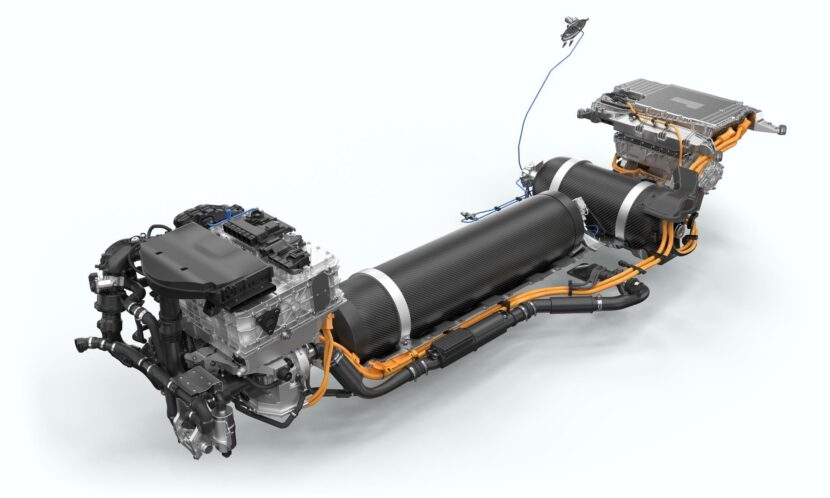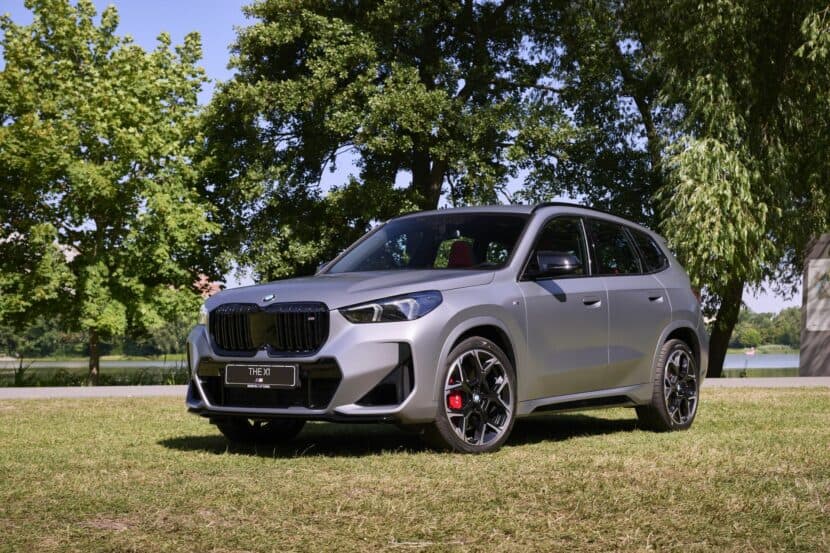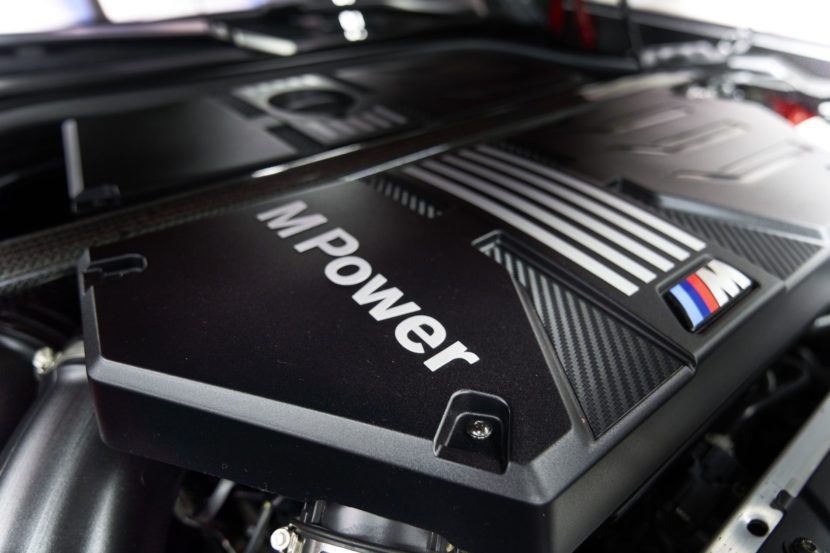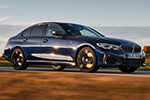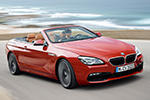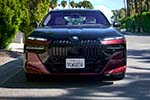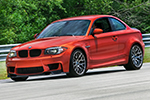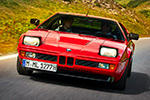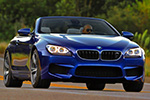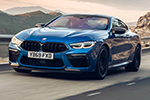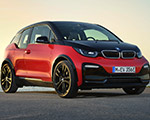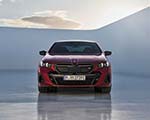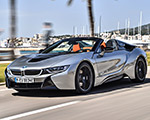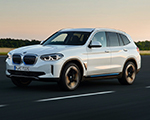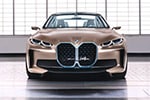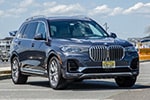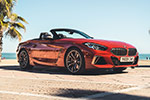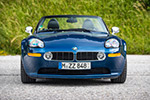Five years ago, BMW looked out of touch. While rivals raced to declare the death of the combustion engine and promised all-electric futures, Munich refused to commit. It sounded timid, even old-fashioned. But today, that hesitation looks more like foresight — because BMW may be the only premium carmaker that actually read the market correctly.
BMW’s Bet on Every Drivetrain Might Be the Smartest Move in the Industry
Automakers love certainty. It makes for bold headlines, confident roadmaps, and the kind of PR statements that get repeated for years. Over the last half decade, Volkswagen, Mercedes-Benz, and GM all declared that the future was battery-electric and nothing else. Internal combustion was over, hybrids were irrelevant, and hydrogen was a distraction.
BMW never played along. Instead of declaring the death of combustion or promising an all-electric lineup, it doubled down on complexity which is so not German. Gasoline and diesel would remain in the portfolio. Plug-in hybrids would stay. EVs would come in multiple flavors and architectures. Hydrogen would live on. Range extenders weren’t ruled out. Critics said BMW lacked direction. And we were some of those critics. In reality, Munich was preparing for the one certainty that mattered: uncertainty.
The Architecture of Flexibility
BMW’s strategy isn’t just about keeping multiple drivetrains alive — it’s about building the platforms to support them. This is an approach we’ve seen since the inception of the BMW i sub-brand.
At one end, you have CLAR, the rear-wheel-drive-based platform that underpins the 3 Series, 5 Series, 7 Series, and their SUV counterparts. CLAR is flexible enough to support combustion, plug-in hybrid, and battery-electric drivetrains. And even hydrogen. It’s the backbone of BMW’s current lineup, and it isn’t going anywhere. Even as Neue Klasse arrives, CLAR will continue to evolve, blending in technology from Toyota partnerships for hydrogen and learnings from EV development. Crucially, it will also serve as the basis for BMW’s hydrogen project starting in 2028, giving the company yet another drivetrain to offer without reinventing the wheel.
Then there’s FAAR, the front-wheel-drive architecture that carries smaller models like the X1, 1 Series, and 2 Series Active Tourer. Here too, BMW keeps all options on the table: efficient gasoline and diesel engines, hybrids, and even entry-level EVs, like the MINI Countryman SE.
Looking forward, the Neue Klasse (NCAR) represents BMW’s dedicated EV future. Launching in 2025, it’s built from the ground up for electrification, using sixth-generation batteries with 30% more range, 30% faster charging, and significant efficiency gains. Neue Klasse is where the brand’s clean-sheet EVs will live — sleek sedans and crossovers that define the next decade of BMW design and technology.
Neue Klasse Is More Than EVs Though
But Neue Klasse isn’t limited to battery-electric drivetrains. BMW is allegedly investigating range extenders built on NCAR, particularly for China where the formula has found surprising success. In fact, BMW isn’t a stranger to the concept. The BMW i3 with Range Extender (REx) was a clever solution for a world not yet ready to rely solely on charging networks. Speaking personally, as the editor-in-chief of BMWBLOG, I owned four i3s with REx. It was a product that simply made sense at the time — the pure electric i3 didn’t have the range for long trips, and the REx gave it flexibility that customers valued. Looking at today’s market in China, it’s easy to see why BMW would consider dusting off that idea and applying it to the Neue Klasse.
Together, these platforms form an interlocking strategy: CLAR and FAAR for flexibility across combustion and hybrids, Neue Klasse for pure EVs and maybe range extenders, and hydrogen systems layered on top. It’s a complicated puzzle — and that’s the point.
From Skepticism to Vindication
I’ll be honest: a few years ago, even we at BMWBLOG were skeptical. Like many, we thought the industry’s EV-only narrative made sense. Electric cars felt inevitable, and BMW’s refusal to commit looked cautious, even timid.
But BMW’s leadership clearly had a different vision — one that balanced electrification with realism. And today, that vision has paid off. Walk into a BMW customer’s garage and you’re more likely to see a mix of ICE and EVs rather than a one-size-fits-all solution. Families run an X5 plug-in hybrid alongside an i4. Enthusiasts hold onto an M3 while adding an iX (I was one of them) Customers are choosing technology that fits their lifestyle, not what the industry told them they should want.
BMW anticipated this reality better than most.
Why Hedging Matters
While BMW was building flexibility, its competitors were building walls. Volkswagen went all-in on the ID family, only to scale back production as demand lagged. Mercedes-Benz pledged to go all-electric by the early 2030s, then quietly admitted that hybrids and combustion would stick around “as long as customers want them.” GM abandoned hybrids to chase Tesla, then sheepishly reintroduced them.
The auto industry wanted a single solution. Customers wanted choices.
Another piece of this puzzle is regulation. Over a decade ago, governments in Europe, the U.S., and Asia have all announced aggressive EV targets. But deadlines keep shifting, incentives come and go, and political winds change quickly.
BMW’s multi-path strategy insulates it a bit more from these swings. If regulators push harder for EVs, Neue Klasse can carry the load. If markets drag their feet, CLAR and FAAR can keep combustion and hybrids flowing. If hydrogen subsidies ramp up — as they are in Japan, Korea, and parts of Europe — BMW already has production lined up. This flexibility is less glamorous than a bold headline, but it’s far more resilient in practice.
Protecting the Soul of the Brand
This approach also safeguards BMW’s DNA. For enthusiasts, it means M cars with inline-sixes and V8s won’t vanish overnight. We will see a first-ever M3 electric, but that will be followed by a gasoline version as well. For Rolls-Royce, it means the electric Spectre and future EVs can exist alongside the timeless V12. BMW isn’t forcing heritage aside, but rather offering a choice. And that’s something to applaud at this stage.
That balance matters. Mercedes-AMG without V8 thunder is a tough sell. Volkswagen GTI without gasoline feels like an identity crisis. BMW, by contrast, doesn’t have to apologize to purists while still pushing ahead with EVs, hydrogen, and hybrids.
By 2028, BMW will have combustion cars on CLAR and FAAR, clean-sheet EVs on Neue Klasse, hydrogen fuel cells riding on proven architecture, and range extenders for markets that demand them. It’s a portfolio that no other premium automaker can match.



